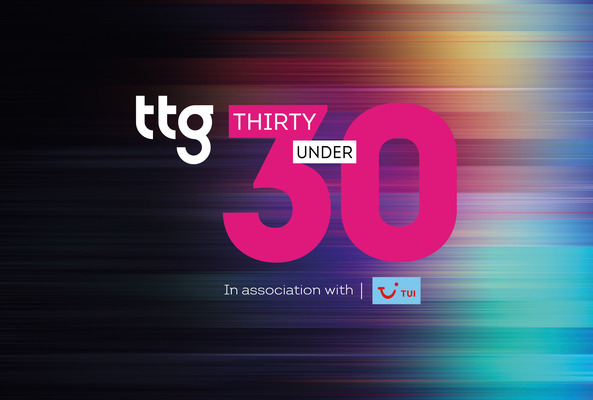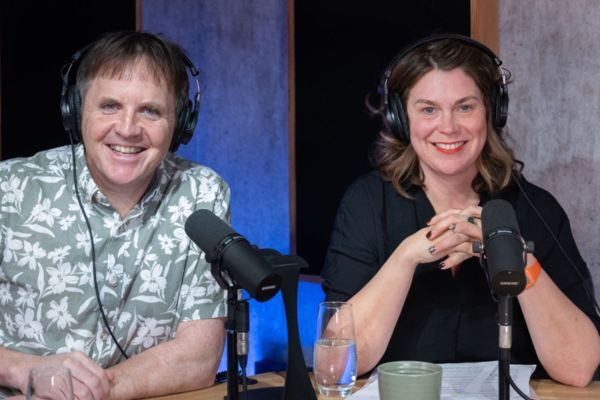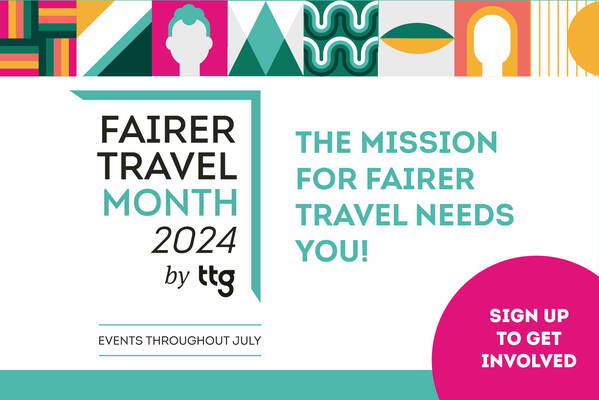On the path to bagging your dream job
Struggling to put pen to paper when writing your CV? Three travel recruitment firms give Abigail Healy the inside track on how to create an on-point application from perfect formatting to whether to include a personal statement.
For most people a CV is the first consideration when looking to move onwards and upwards on the career ladder, but it can be hard to know where to start. We ask three top travel recruiters to give us their top CV writing tips from formatting to following up.
How should a CV be formatted in 2017?
Barbara Kolosinska: Gone are the days when you have to stick to a two-page limit. It can be longer if it’s relevant to the vacancy. In terms of font size, about 10 is fine. Most CVs are black and white but you can be more experimental, especially if you’re going for a digital, marketing or creative role. However, don’t be creative for the sake of it.
Gail Kenny: The main purpose of a CV is to secure you an interview. Most hiring managers will speed-read CVs so get the key points across succinctly and on the first page.
Kristina Wallen: As a rule, employers are lazy when reading CVs so make it easy for them with a clean, uncluttered layout. List key achievements as bullet points.
Add dimensions where you can, such as number of direct reports, total staff numbers, budgetary responsibility and any other relevant information that shows the depth and breadth of your role. Don’t exaggerate – you will be found out.
How should it begin and what order should it follow?
BK: Put your personal details at the top (name, address, email, mobile number), Then list your experiences in chronological order starting with your most recent job. Your date of birth does not need to go on the CV because of the Equality Act 2010.
KW: Ensure your personal email address is professional. You would be surprised to know how much of a negative impact email addresses like lazybones@hotmail.com and surfsup@gmail.com have. Nationality and visa status are optional but helpful for any recruiter.
Say whether you would consider relocation or indicate how far you are prepared to commute and include your notice period if you have one. Remember it is an offence to lie on your CV.
How far back should it go?
GK: You need to cover all the roles that you have worked in, but anything beyond six or seven years ago can be covered by a one-liner – simply list the job title, company and relevant dates.
BK: If you have spent a considerable number of years in one job, then this should be broken down into the different roles that you undertook, and if you only had one role during that time, try to break it down into subheadings with different tasks.
If you have had a few years in each position, there should be a few bullet points under each with a couple of examples of your successes – usually related to targets, profitability and revenues.
How are gaps in career history best dealt with?
BK: The CV is your shop window. A recruitment agency needs to know what you were doing so we can present it to the potential employer in the best way. If you send a CV with gaps directly to the employer, they are likely to think that you have either been doing nothing, are hiding something or might even have been in prison!
KW: Be honest. If you took a career break to travel, nurse a sick relative or to recover from illness it should not affect the way an employer assesses your suitability. Do include voluntary/pro bono/consultancy work you might have undertaken during that time though.
How much detail should you include on education?
GK: Unless you have only recently completed your education there’s no need to go into much detail. Provide details of your most senior education achievement, but avoid going into detail about every GCSE subject that you studied.
Should you list hobbies?
BK: Hobbies are really important. If you’re going for a sales role, high achievers within the sporting field will always be attractive – it shows drive, application and potentially the ability to work as part of a team. It also looks good if you have coached any teams such as children’s football or similar.
KW: Only include ones you really do take part in! If you are a recent graduate include work experience. If you organised a fun run, school trip, university ball, or edited the college newsletter – say so. It all paints a picture.
What about additional qualifications?
GK: The general rule is that the more recent the training and qualifications are the more they are worth listing, but if you have a qualification such as an airline ticketing course which you took 15 years ago, you need to question its relevance.
Personal statement – yes or no?
BK: Yes and it should go at the top of the CV below the personal details. Include attributes, strengths and achievements that aren’t already listed – such as if you have sat on any boards – and anything related to the industry that isn’t in your employment history.
It should be a paragraph or perhaps two at the absolute most, but shouldn’t take up half a page.
KW: Personal statements do have a part to play but be self-aware. Do not list things like excellent communication and presentation skills when you would rather be behind the scenes at a sales presentation.
What tone should the CV take overall?
BK: It depends on the role, but should be professional. The grammar, spelling and spacing should all be perfect, and it should be consistent in style and format.
GK: Keep it business-like, brief, punchy and factual.
KW: Always read the job description if you are applying for a specific role and ensure you highlight the relevant skills on your CV. Do not assume that as a sales consultant, an employer will know that you know how to performance manage teams.
Should it have a covering letter?
BK: These aren’t really used any more, but now people often write something similar on the email when sending their CV in. State the role you’re going for; your attributes and why you could be suitable; interview availability; and how close you are located to the vacancy.
If you are applying to a recruitment agency, detail the salary you are looking for; why you are leaving your current role; your notice period; and whether you are applying for other roles. That should all be condensed into two paragraphs or, even better, bullet points.
Any other dos and don’ts?
BK: Don’t include a photo unless it is requested. When applying for the average role including a photo on your application would just be ridiculous.
GK: Try to think about the person who will be reading your CV, imagine that they might be looking at over 100. Tailor yours to what they are looking for, keep it brief and make sure your big achievements stand out.
What about following up?
KW: There is no harm in following up but leave it a few days and don’t chase more than once. It’s a fine balance between demonstrating enthusiasm and being realistic about timelines. A good way to follow up is to ask if you can provide them with any further information to support your application for the role.
Is there anything else that can help an application stand out?
BK: It’s all about your achievements and tailoring your CV for the role you are going for. If it’s a marketing role, state the campaigns you have been a part of.
If it is a sales role, describe the targets you had and, if you exceeded them, illustrate how you did it. If it’s a customer service role, include testimonials from clients.

















